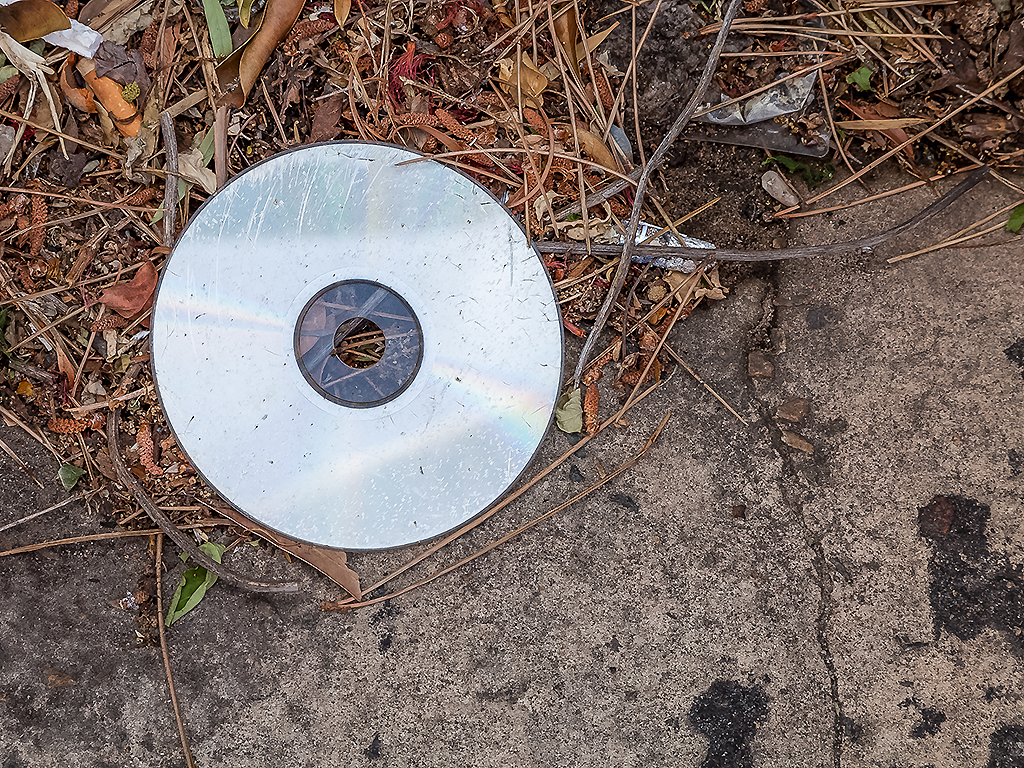I’ve been feeling a little bummed out lately and not just because it’s winter.

We’ve been snowed under by bad news: COVID-19, railway blockades, Trump, climate change, Brexit. And if you’re not getting enough fear and bad news, a quick browse through The Drudge Report will fix that.
I also can’t shake the idea that we’re reaching a series of tipping points because of technology.
My cherished daily newspapers are getting thinner and thinner. Physical retail stores, including some that I’ve patronized for decades, are closing, the victims of online shopping. And I hate to admit it, but I’m complicit in the decline of bookstores — places where I once contentedly browsed for hours — because of my Kindle addiction.
Technological change may be moving faster today than at any other time in human history. Adapt or die, Luddite.
Few areas have been disrupted more by technology than the music industry. For a hundred years, it made untold billions selling pieces of plastic to the public. Record stores were everywhere. HMV was once so busy that it offered shopping baskets and carts to customers.
Then the internet came and the bottom fell out, leading to a life-and-death struggle that lasted more than a decade. CD sales cratered. Record stores closed. Thousands lost their jobs.
But then a funny thing happened. Streaming, a music delivery format that the industry once hated, rescued the whole thing.
In 1999, Aladdin, a prototype online music engine debuted. The original goal was to harness the infinite storage capacity of the internet — known then as the “celestial jukebox” — to provide any music to anyone, anywhere, any time.
By December 2001, it had evolved into Rhapsody, what we now recognize as the first legal on-demand music streaming service.
Others followed over the next few years. KKBOX, Last.fm, MOG, MOOV, Grooveshark, 8Tracks, Songza, LiveXLive (later Slacker), SoundCloud, Rdio, and dozens of others. Financial and legal Darwinism winnowed the field down to where Spotify, Apple Music, Amazon Music, and YouTube control most of the marketplace, although there are still niche players like Tidal, Qobuz, and Deezer.
Meanwhile, China is served mostly by the three services owned by Tencent (661 million users! And it owns nine per cent of Spotify) while a couple of companies, Gaana and JioSaavn, are fighting it out in India. A platform called Anghami dominates the Middle East and North Africa.
The upshot is that anyone with an internet connection can instantly access tens of millions of songs from the entire history of humanity. The mythical celestial jukebox is here.
It wasn’t easy, though.
At first, consumers balked at the idea of “renting” music. Subscribe to a service and you had the option of having whatever music you chose to be resident on all your devices, allowing you to listen even while you were offline. Stop paying and your music disappeared.
Given that music had always been about assembling permanent collections, this was anathema to consumers. But once we realized how convenient streaming was, we got over that.
The music industry was also highly skeptical of streaming. Determined that it would never again cede distribution to someone else as they did with iTunes, the labels eventually bought into streaming both philosophically and financially.
No more manufacturing, transportation, warehousing, and dealing with physical retailers — now the labels had the ability to instantly have new releases available globally, and more data about how music flowed through the public than they had ever dreamed.
Figures from 2019 reveal that streaming is the music industry.
- Almost 80 per cent of all recorded music industry in America comes from streaming. In 2009, that figure was just 5 per cent.
- Breaking it down, the major labels are bringing in US$1 million every hour from streaming.
- In 2019, streaming brought in more money than what the entire recorded music market was worth just two years earlier.
- Digital downloads — purchases of music files through storefronts like the iTunes Music store — were once thought to be the future of music retail. In 2019, they managed to generate just 8 per cent of all revenue. No wonder Apple is so big on its Apple Music platform.
- While vinyl continues to see modest gains, compact discs, the only other physical media that counts, continues to crash. (So far this year, CD sales in Canada are down more than 30 per cent from last year.) Figures from America show that taken together, CDs and vinyl generated only 10 per cent of all revenues.
We could veer off into a discussion on whether streaming is good for artists and the art of music (I have my own views on that here), but we’d just be tilting at windmills.
You can’t deny that streaming is just too convenient, too useful, too much fun, and too cheap not to use. If you don’t avail yourself to these services, you’re missing out.
Still want to curate a personal music collection that you can enjoy and study to your heart’s content? Don’t panic, because physical media will be with us for a while yet, although in a niche-y sort of way.
Meanwhile, streaming is only going to get bigger and bigger until North Korea sets off an EMP over North America and scrambles the grid and all our computer systems. Only then will those with vinyl again be worshipped as gods.
—
Alan Cross is a broadcaster with 102.1 the Edge and Q107, and a commentator for Global News.
Subscribe to Alan’s Ongoing History of New Music Podcast now on Apple Podcast or Google Play











Comments